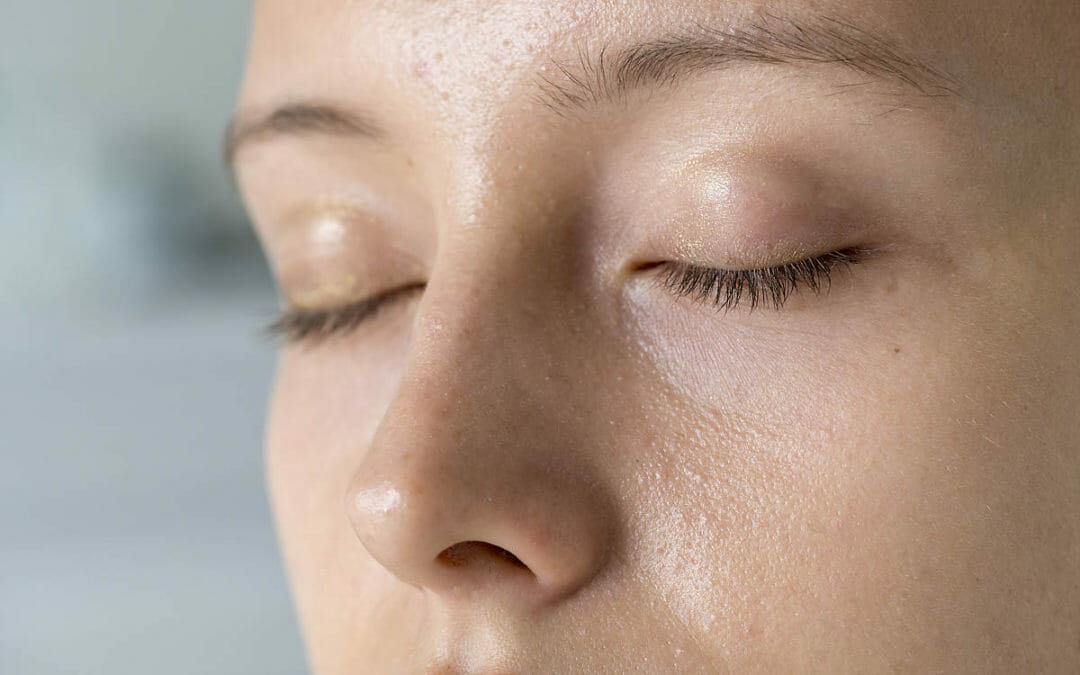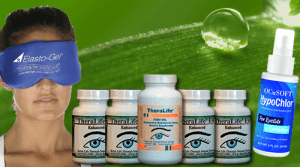White discharge on eyes consists of mucus, oil, skin cells, and other debris that builds up in the corner of the eyes as you sleep.
The mushy skin around eyes grows during sleep. However, this is common at wake-up time, especially in cases that affect your eyes.
Also called eyes goop, ear bleeds or eye gunk it may also cause an infection or allergic reaction. Eye fluid comprises various components that are produced by the body including abrasive fluids and fat. Using your finger to clean up the irritant from your eye may help. Sometimes your eyelids close with gunk stuck to your eyelashes.
While it’s common to wake up to a bit of eye mucus in the corner of your eyes, it might be time to schedule a doctor’s appointment if the discharge changes in color, consistency or amount.
if you have been experiencing poor eye health that involves abnormal eye discharge for 7 days or more, you should seek medical care from eye doctor immediately. Pain and impaired vision can be signs of a severe infection
Causes of white discharge on eyes
Conjunctiva is a layer full of tiny blood vessels you normally can’t see. When they get infected, the whites of your eyes look red or pink, hence the name pinkeye . Your doctor could also call it conjunctivitis . It’s caused by allergies or a viral or bacterial infection .
Dry Eyes
Dry eyes are often caused by insufficient tear production, and can produce watery eye discharge.
Blocked Tear Duct
White or Yellow Discharge – When the body’s tear drainage system (the nasolacrimal sac) is infected, it may cause a blocked tear duct and result in white or yellow eye discharge.
Pink Eye- Conjunctivitis
This infection include: itchiness eye discharge in one or both eyes tearing pain grittiness or irritation.
Treatment for pink eye typically focuses on relieving symptoms. Your doctor may prescribe eye drops and recommend applying cold compresses to help with discomfort. If you experience pink eye as an allergy symptom, your doctor may also recommend anti-inflammatory medication and allergy medication.
Bacterial Conjunctivitis
Thick eye discharge is a sign of a bacterial eye infection that affects the conjunctiva.
Bacterial conjunctivitis can result in a person’s eyelid becoming completely sealed shut by mucus. This occurs frequently when sleeping. Upon waking, the eyelids cannot open until warm compresses are applied to loosen the discharge.
If your discharge is thick, the pink eye is most likely a bacterial infection. But this is an extreme case. More commonly, the condition results in the following classic symptoms: Redness Eye, irritation, Itching, and Pain.
Viral Conjunctivitis
Viral conjunctivitis is not simply a condition of the eye, but often a symptom of a viral infection. You may also have swollen lymph nodes, feel fatigued, and have a fever. If you think you may have viral conjunctivitis, you should always see an eye doctor.
Eye ulcer
It’s rare, but an ulcer could happen when there’s an eye infection or extreme case of dry eye . It can create discharge.
Allergic Conjunctivitis
is an immune response that occurs when your eye is irritated by allergens such as pollen or dust. This form of conjunctivitis can affect one or both eyes, and may also be accompanied by congestion and eye discharge.
The best way to prevent an allergy and eye irritation is to avoid the known allergen, if possible.
Contact Lenses
Take out contact lenses and consult your doctor before using them again. Contacts may aggravate the disease.
Different Types of Eye Mucus- white discharge on eyes
Yellow or white mucus balls in watery tears are often a sign of dacryocystitis , an infection of the tear duct or tear drainage system. Other symptoms may include eye redness, facial pain and drainage from the puncta (the opening of the tear duct ). If this condition is not treated quickly with antibiotics, it can become serious.
Yellow mucus- from white discharge on eyes
If there is an excessive amount of green or yellow-colored discharge on your eyes, and you are experiencing blurry vision, light sensitivity, or eye pain, you might have an eye infection. If you have these symptoms, it’s best to consult an eye doctor.
Yellow discharge is generally caused through bacteria and can be accompanied with tear duct obstruction, blepharitis, meibomian gland dysfunction and bacterial conjunctivitis.
Yellow, white or black mucosal lobes in water-distributing tears may indicate dacriocystitis or an infection on the tear ducts.
Other conditions can include red eyes, swollen skin, and drainage of punctae (spout of tear duct). Symptoms of chronic infections are very severe and can be prevented by antibiotic therapy.
Thick, Crusty eye Mucus- from white discharge on eyes
Eyes with dry eyelids or eyelashes may show bloating or blepharitis.
Blepharitis occurs when bacteria are in contact with the skin. These bacteria may cause redness or bruising in the eye lid or lashes. The eyelids can also thicken and develop dandruff patches on the eyelid and lashes. Blepharitis can be treated by a cold compress followed by a eye scrub. It’s easy to wipe out your eyelid using a soft cloth. Usually, use eyelid cleanser for preventing eye irritation and preventing infection.
Watery discharge eye mucus- from white discharge on eyes
Excessive water discharge commonly referred to as “reflex tearing” represents the over proliferation of watery components of normal tears that helps flush away irritant or toxic substances including allergies such as pollen.
White discharge on eyes
White eye discharge in one or both of your eyes is often an indication of irritation or an eye infection.
White dappled water indicates eye infections and can indicate infections like viral conjunctivitis, eye cold, and ocular scurvy. Although white discharge may not cause serious concern there can also be increased discharges and/or inconsistent discharges. White mucus can cause allergic conjunctivitis. It can build on to lower eyelids or inner eyelids.
Thick Green or Gray Mucus
Symptoms may include green mucosal discharges. This could cause your eyes to become infected with bacteria. Bacteria conjunctivitis can make the eye lid completely shut if the morning starts.
This form of bacterial eye disease occurs due to pimple causing (pyogenic) bacteria. It can cause eye infections when you don’t close your eyes. Among other signs of edema are red eyes and irritation. Conjunctivitis often causes permanent eye damage, but can cause severe redness in eyes.
White or Yellow Discharge
When the tear drains of the body are infected the tear ducts may block the tear ducts and produce white or yellow mucus on the surface. Typically mucus appears to form small balls. A physician can tell a person that they have dermaryocystitis. These problems are often accompanied by pain or swelling especially in the eyes.
Babies often have damaged ducts. The is considered harmless and often disappears entirely. Symptoms of conjunctivitis include bacterial conjunctivitis that occurs when the eyelid becomes closed.
Small, Dry Particles of Mucus
If you have dry eyes syndrome you can develop dry eyes. The tears in human blood are primarily made of liquid, mucus and oils. During the night, the tears get softer.
Stringy, White Mucus
A type of eye discharge characterized as stringy white mucus is typically a sign of allergy conjunctiva. The gland within the eye is known to form a binding substance which can accumulate within your eye or under the lower eyelids. Your physician may advise using artificial tear cream several hours each day if needed. The tear helps protect the eyes and helps reduce immune responses that cause stringy mucous. If the allergic reaction to eye drops has developed, your doctor can prescribe antibiotics.
Yellow Mucus With A Small Bump
When the meibomian gland on the eyelids is enlarged, there will be infections. It causes inflammation in stye or bruising. swelling can affect a full eyelid causing redness, sores and puffiness. Aside from the raised pimple-sized bump, it can produce yellow mucus and light sensitivity. Symptomatic styes must go to a physician. Avoid popping your stye, as the swollen skin may spread bacteria, causing a worsened condition. Forcefully cracking skin can cause serious infections as well as eye injuries.





